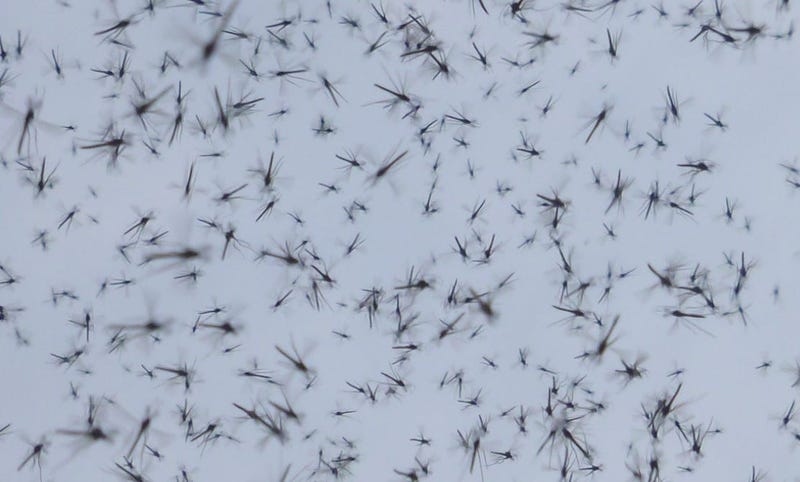
People crossing the Causeway this morning reported the bug swarms are still leaving vehicles covered in insects as the cross Lake Pontchartrain.
"So many I ran out of washer fluid," one driver said in a text to 870870.
Another said it was so bad that they were constantly bouncing off the windshield.
"Those bugs on the Causeway Bridge... it sounds like it's raining," they described.
One driver texted, "Apparently the midges are still feeling frisky because they're still on the Causeway."
Experts say the bugs are non-biting midges that have emerged from the water to mate.
The New Orleans Mosquito, Termite and Rodent Control put out a news release after the bugs initially showed up Friday after "an unusual amount of phone calls."
Residents along the lake were reporting bugs everywhere.
"Large numbers of mosquitoes or termite swarmers that were clinging to the walls of houses, apartments, vehicles and vegetation in New Orleans East" were reported.
"Fortunately there is absolutely no need to control them as they are not a health risk and the problem will resolve itself after a few days or weeks once the swarms die off," the release explained.
So hopefully the bugs will finish their short lives that consist of nothing but mating in the next couple of days, and the swarms will go away.
